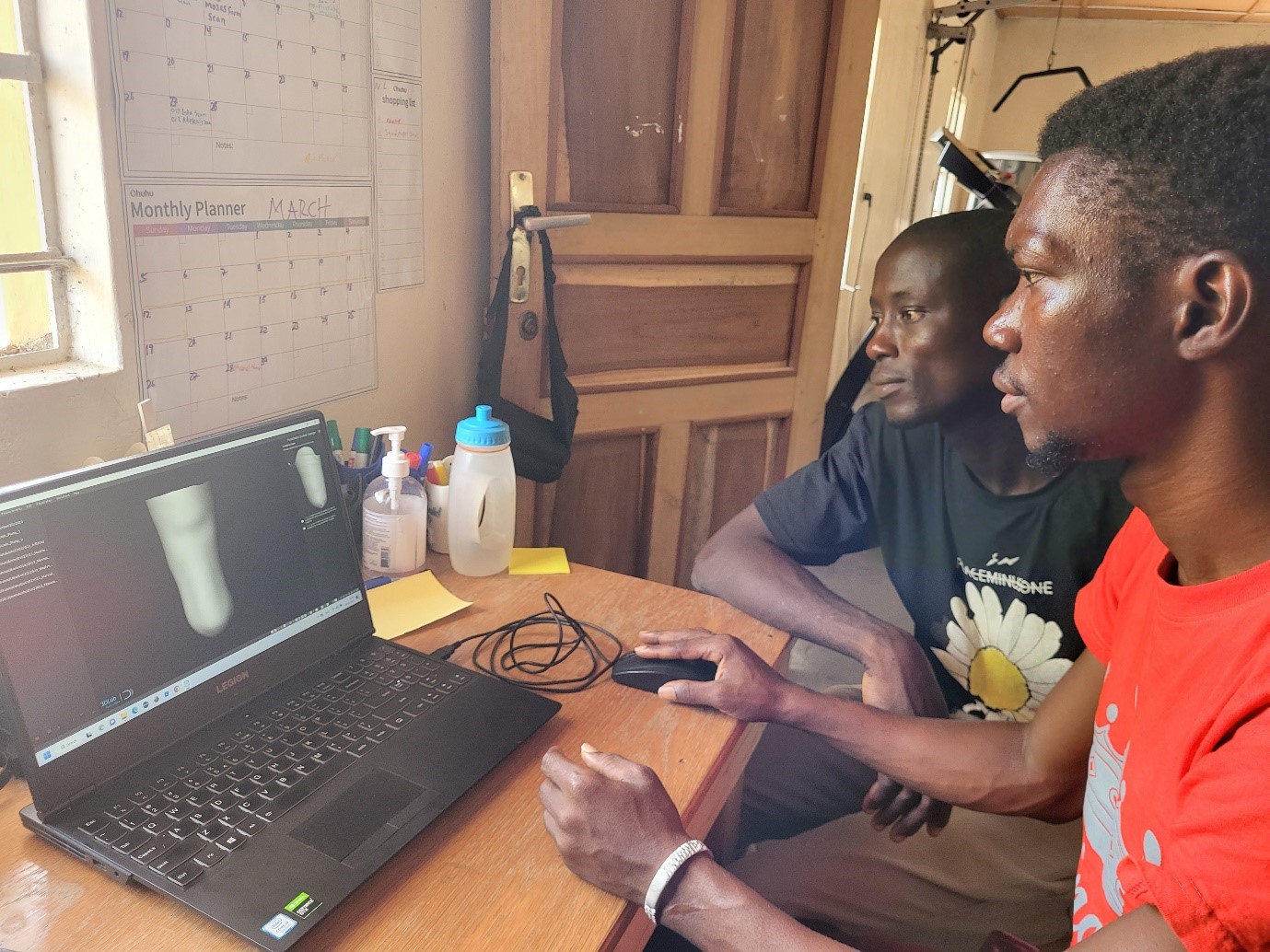Individuals with impairments typically do not have access to the assistive innovation (AT) they require, in spite of an increasing need for it. An approximated 1.3 billion individuals will require assistive innovation (AT) by 2050. High rates, minimal accessibility, web connection, upkeep requirements, and absence of localization are simply a few of the friction points in accessing this vital innovation.
To make the most of the chances for AT, we should think about offering options, guaranteeing versatile services that fulfill individuals’s requirements, increasing accessibility and cost so AT is commonly offered and at budget-friendly cost points. We likewise require to raise awareness of this innovation and its advantages in addition to legislation and other types of assistance (source: Steve Hodges, Capability Top, Accessible Innovation within Reach: how to break down the barriers to accessing Assistive Tech– YouTube).
Acknowledging the large chance and significance of this area, our most current Microsoft Availability Development grants concentrate on affordable AT in low- and middle-income nations.
Making the case for Alternatives: brand-new approaches of resolving the requirement for prosthetics
An example of this alternative technique is using 3D printing to make prosthetics. The Worldwide Health Company approximates that 0.5% of the world’s population requires prostheses, nevertheless, an incredible 95% of those who require them do not have gain access to. Typical obstacles are material accessibility, workflows depending on the abilities of the prosthetists and more.
To attend to these obstacles, a joint endeavor in between the 3D laboratory at the Radboud University Medical Centre, based in the Netherlands, and the structure 3D printing in establishing nations began a pilot non-profit 3D laboratory in 2018 in the Masanga Healthcare Facility in Sierra Leone to produce prostheses for those who require them.
The group uses computer-aided style (CAD) and computer-aided production (CAMERA) to produce affordable prostheses. Utilizing CAD-CAM methods, the production procedure corresponds and quicker. The whole procedure can be automated by following a standardized style workflow consisting of Expert system (AI) algorithms for patient-specific socket forecast. As an outcome, socket fitting ends up being less depending on the private prosthetist’s abilities and experience, hence increasing effective prosthetic fitting rates.
